When Thérèse M’Boungoubaya set out to launch her bodycare brand Koba, she knew she wanted it to be rooted in natural, African-sourced ingredients — a nod to her Congolese roots (both her parents were born in the Congo, though she was raised in France and now lives in the UK). Her mother, a chemist, suggested safou — known for its powerful anti-inflammatory and antioxidant properties. In Congolese society, it’s typically used in cooking, not cosmetics.
The purple fruit grows on trees with glossy, green leaves, which are abundant in the Congo. M’Boungoubaya launched Koba in 2020, but could only find one supplier in Cameroon capable of undertaking the extraction process required to make safou oil suitable for cosmetic formulation. Seeds from the safou fruit must be processed by hand, ensuring traceability and preserving purity, but limiting scalability and overall output — a common hurdle for brands that work with smaller networks of suppliers, rather than industrial ones. With her father, M’Boungoubaya decided to buy land to grow and process the oil themselves.
Today, the land produces around 80% of the safou oil used for Koba’s products. Next year, M’Boungoubaya hopes it will be entirely self-sufficient.
Safou, as well as other African-sourced botanicals such as qasil, baobab seed oil and moringa, are becoming more common in skincare products worldwide thanks to the rise of A-beauty, a movement of brands harnessing traditional ingredients and rituals from across the African continent. Global retailers are listening: Koba has been picked up by Credo Beauty, Anthropologie and Goop; while Sabrina Dhowre Elba’s S’Able Labs is now stocked at Space NK and on Amazon. RandR Skincare, founded in Nigeria, has also just inked a deal with Amazon.
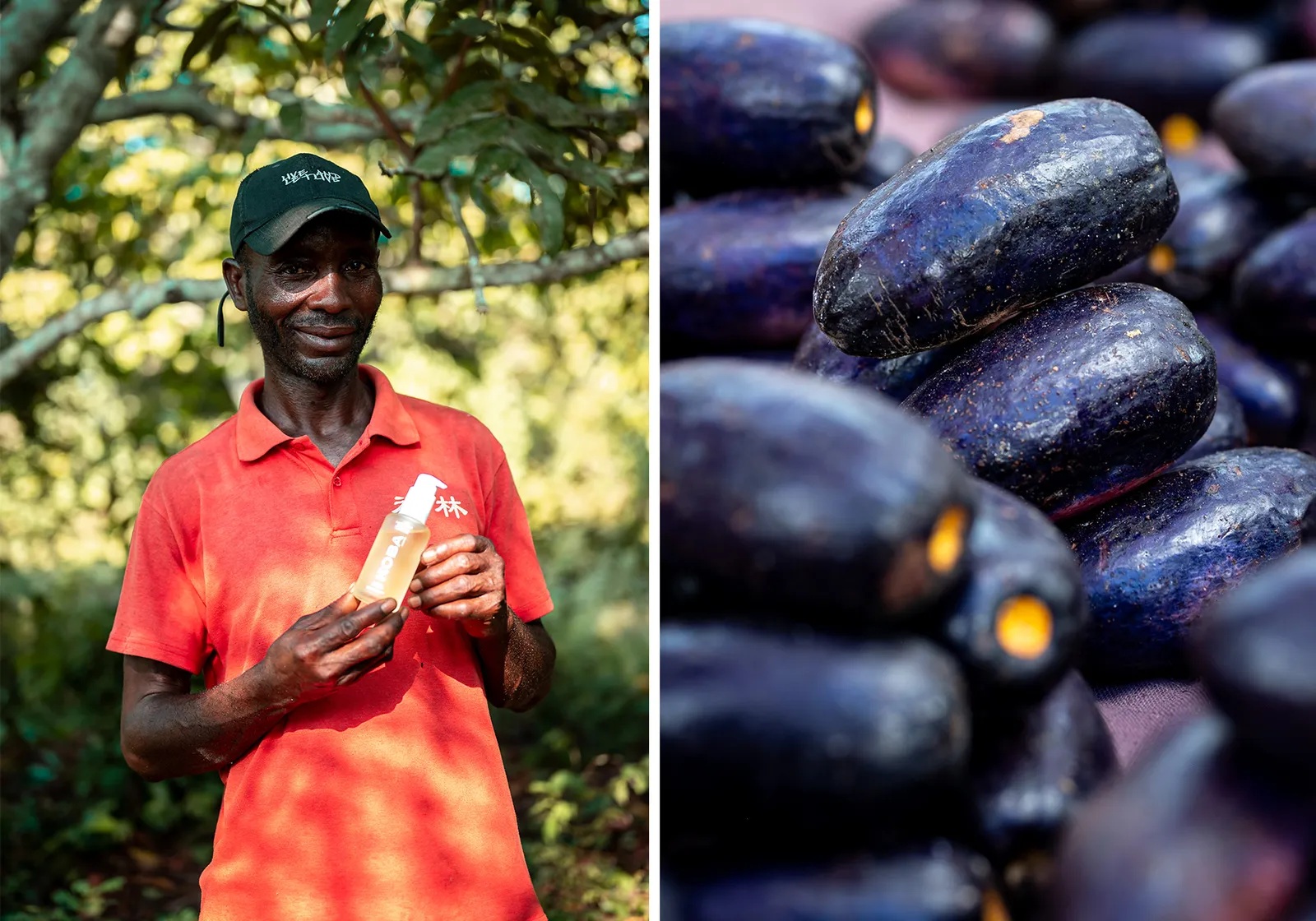 Koba produces around 80% of the safou oil used for their products on land bought by M’Boungoubaya with her father. Photo: Courtesy of Koba Skincare
Koba produces around 80% of the safou oil used for their products on land bought by M’Boungoubaya with her father. Photo: Courtesy of Koba Skincare
“The beauty industry’s interest in African botanicals has surged in recent years,” says Hannah Mauser, senior beauty strategist at WGSN. “Brands are fusing ancient African practices with next-gen beauty priorities, focusing on ingredients [that are] valued for their efficacy, sustainability, and cultural resonance.”
Africa’s surging youth population — 400 million people aged 15–35 — is driving demand for “tailored, culturally relevant solutions”, Mauser adds. “Brands are leading the way by combining traditional wisdom with modern science.”
Barriers remain; among them, the challenges of scaling production and finding the right retail partners. There is also the misconception that A-beauty only caters to melanin-rich skin and textured hair. In reality, “the benefits of African botanicals can extend to a broader customer base,” says Rubab Abdoolla, senior consultant at data analytics firm Euromonitor International.
For many brands, it’s also about taking these products out of the ‘Black beauty’ category and bringing them to broader audiences as part of mainstream beauty offerings. Dhowre Elba sees S’Able Labs — and ingredient-focused A-beauty brands more broadly — as “bridging the gap” between Black-founded skincare and the non-Black customer. “The concerns are the same: moisture, inflammation, dryness. I think ingredients are the best way to bridge that gap — educating people. Try okra. Try black seed. Leave aside the misconceptions you may have and just focus on what this ingredient can do.”
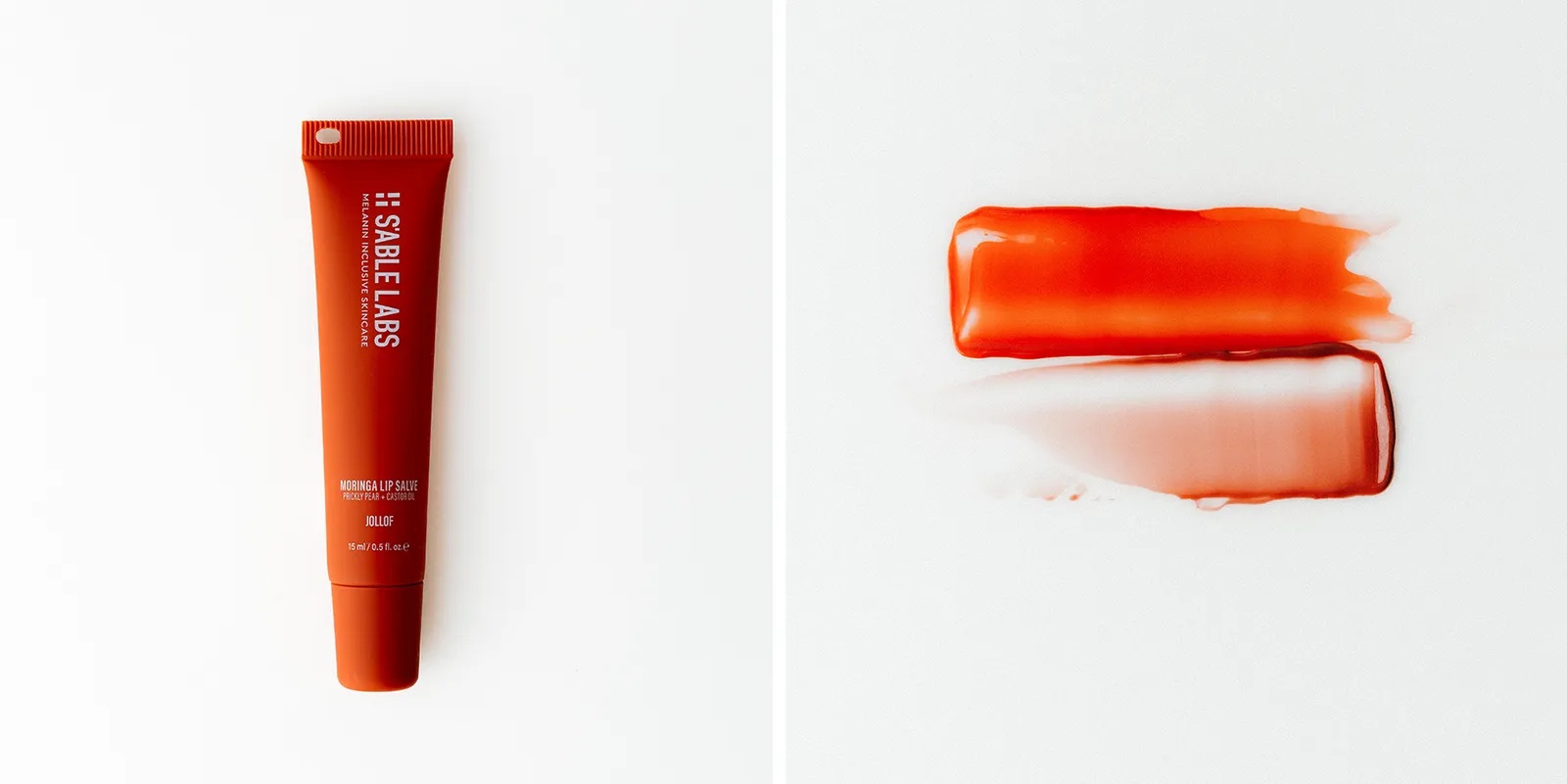 S’Able Labs’ Lip Salves. Photo: Courtesy of S’Able Labs
S’Able Labs’ Lip Salves. Photo: Courtesy of S’Able Labs
Dhowre Elba launched S’Able Labs with her actor husband, Idris Elba, in 2022. It sources ingredients from different parts of East Africa, such as moringa from Kenya (which promotes skin repair and healing); marula from Namibia (a potent antioxidant), and prickly pear from Madagascar (hydrating, moisturising and calms inflammation).
The brand now has eight core products — its most popular include the Black Seed Toner, which claims to brighten and soothe thanks to the anti-inflammatory properties of its hero ingredient, and the Moringa Lip Salve, which nourishes and reduces hyperpigmentation. On 26 October, the brand launched a tinted version of the Lip Salve, its first foray into colour cosmetics.
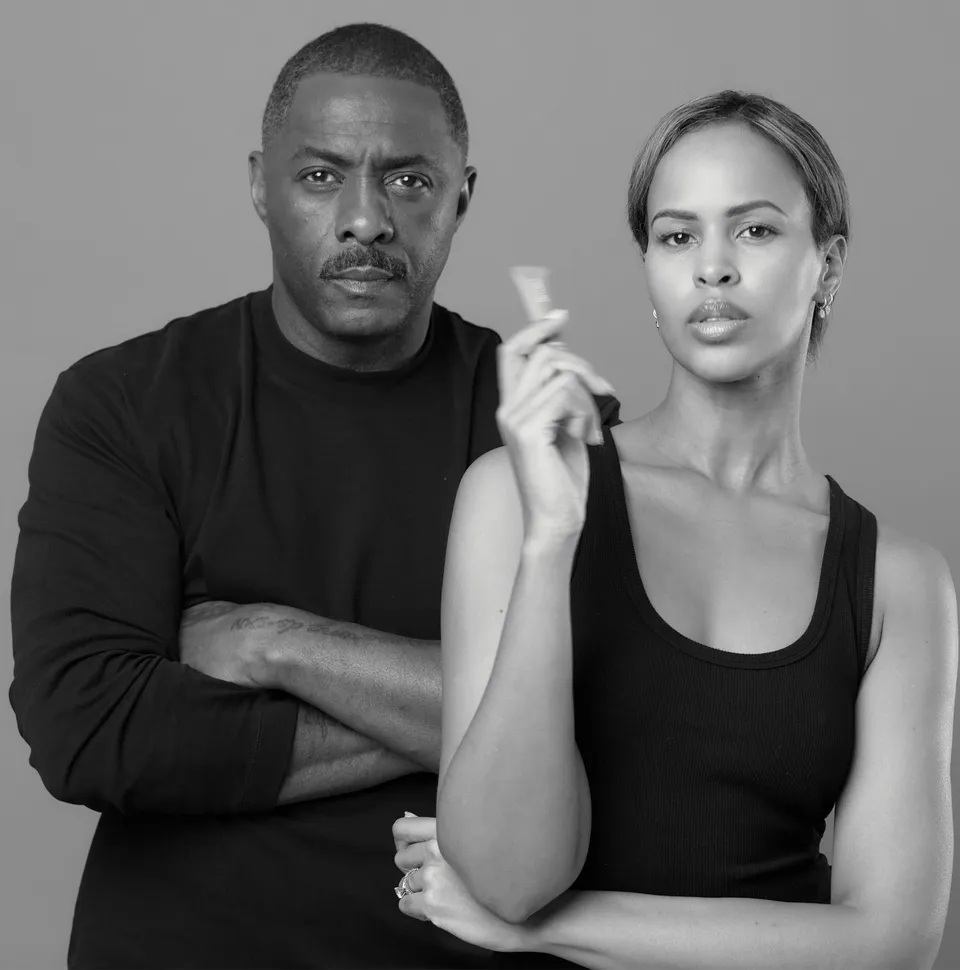 Dhowre Elba launched S’Able Labs in 2022 alongside her husband and actor, Idris Elba. Photo: Courtesy of S’Able Labs
Dhowre Elba launched S’Able Labs in 2022 alongside her husband and actor, Idris Elba. Photo: Courtesy of S’Able Labs
She says she didn’t set out to create an A-beauty brand; she just wanted to produce “the most efficacious skincare possible”. “Africa has the best antioxidants,” she says. “A lot of these ingredients I recognized from my childhood, growing up first-generation African.”
The world is waking up to the properties of these botanicals. The global market for moringa, for example — one of Africa’s most popular ingredients — is projected to reach $25.1 billion by 2035, up from $9.7 billion in 2024, according to US-based market research firm Spherical Insights. Cosmetics and personal care is one of the main application segments, underscoring the appetite for plant-based actives from the continent.
African botanicals have been used locally for generations, but the key opportunity for S’Able Labs lies in marrying natural products with cutting-edge skincare formulations to target a broader audience. “Where A-beauty is so well placed is in taking [traditional ingredients] to another level,” she says. “I want to see oat amino acids combined with kaolin clay, or black seed oil with vitamin C and ferulic acid.”
Among the more established players in the A-beauty space is RandR Skincare, founded by Valerie Obaze in Nigeria, which recently celebrated its 15th anniversary. The brand reimagined shea butter — traditionally sold solid — into a liquid format for ease of use and presented it in ways Obaze describes as “modern and desirable”.
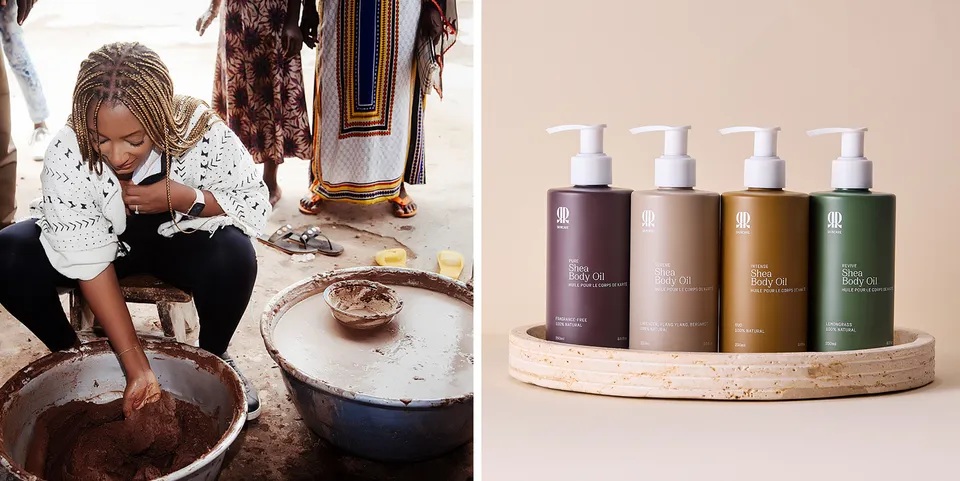 Valerie producing shea butter used in the brand’s body oils.
Valerie producing shea butter used in the brand’s body oils.
For Obaze, what differentiates A-beauty is its approach to production and community. Many manufacturers of natural ingredients on the continent, particularly in West Africa, operate as cooperatives. RandR purchases from them at a fair price and provides training and financial literacy support to the women involved in production.
Liha Beauty’s core ingredients, including ivory and gold shea butters, are also sourced from cooperatives in Nigeria and Ghana, where the brand says it has built long-term relationships with women-led producers. “These partnerships ensure fair trade and maintain the traditional handcrafting methods that preserve the purity of the shea,” says co-founder Janita Brock.
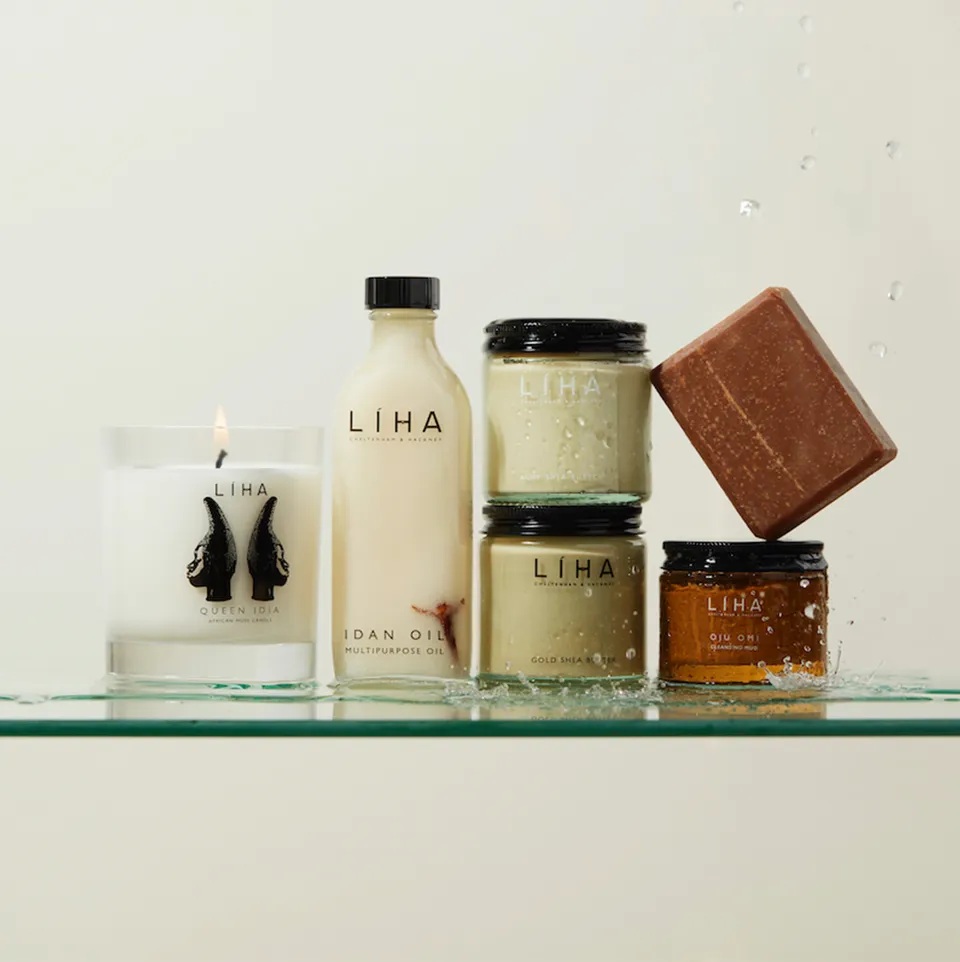 Liha Beauty’s core ingredients include ivory and gold shea butters. Photo: Courtesy of Liha Beauty
Liha Beauty’s core ingredients include ivory and gold shea butters. Photo: Courtesy of Liha Beauty
A-beauty at scale
Scaling is the primary hurdle for A-beauty to reach the same global prominence as K-beauty and J-beauty. Many brands that use ingredients sourced from Africa rely on artisanal or cooperative-based ingredient production, but logistics, export costs and inconsistent infrastructure slow regional trade. Africa’s Continental Free Trade Agreement was designed to ease barriers to intra-continental trade by standardising tariffs. But in reality, implementation has been uneven across the countries that ratified it.
The role of platforms like TikTok in spreading awareness can’t be understated, but Euromonitor’s Abdoolla notes that K-beauty and J-beauty had a strong foundation of established local retail ecosystems — something most African beauty brands still lack. In contrast, the majority of African beauty businesses struggle to secure local retail placement and lack the financial resources to scale, export and distribute widely.
Hadrat Abolade, founder of Amila Naturals, agrees that the A-beauty movement needs stronger global structures to truly scale. “We need more fair representation in the global retail spaces and a stronger supply chain that allows our ingredients to travel globally without losing their essence.”
Amila Naturals currently works with a number of multi-brand retailers and stockists across West Africa, but says that securing shelf space in global retailers remains a hurdle. “African beauty brands are creating incredible products with authentic stories, but they’re still underrepresented on global retail shelves like Sephora, Ulta Beauty.”
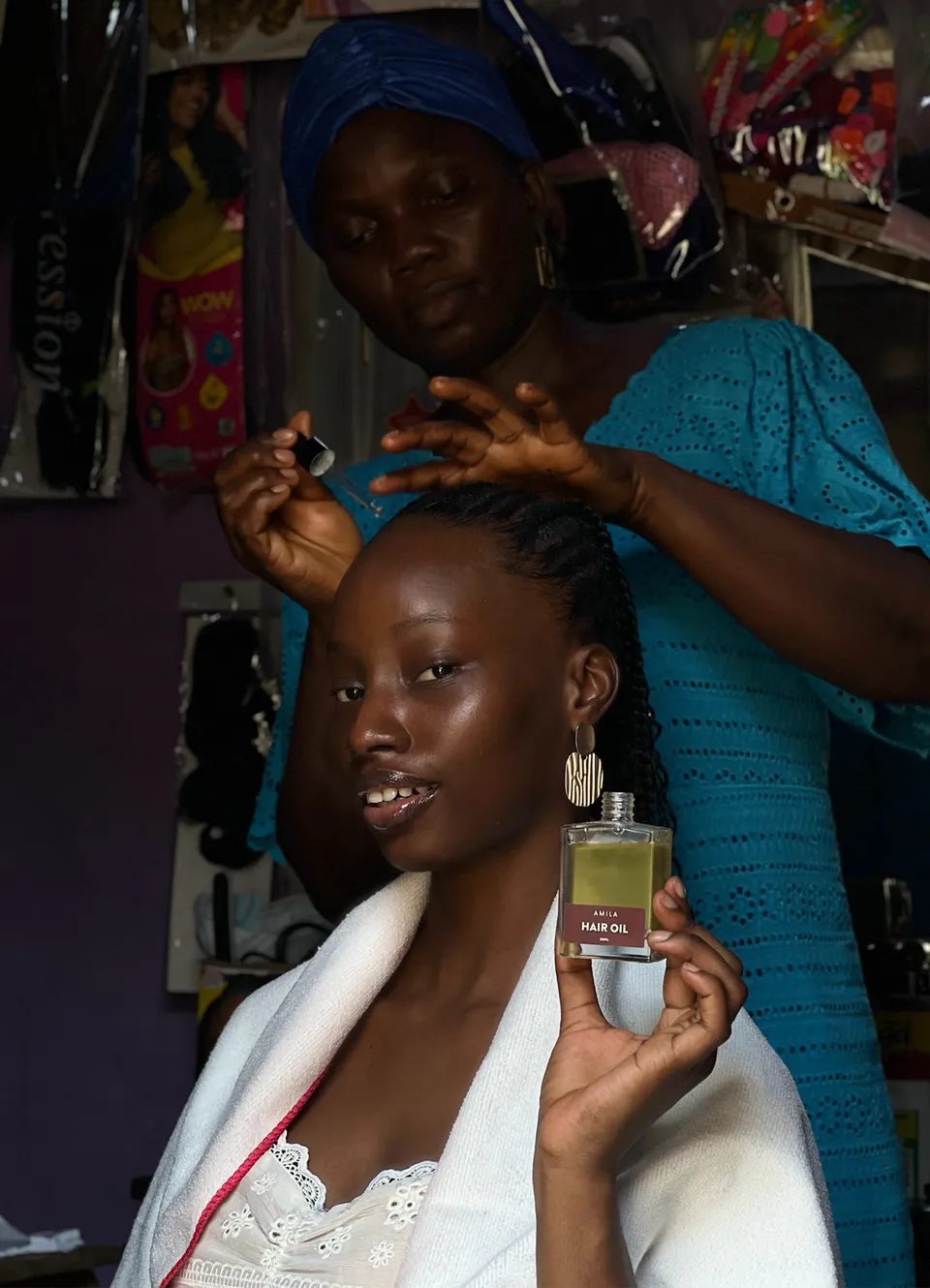 Photo: Courtesy of Amila
Photo: Courtesy of Amila
RandR has tackled these hurdles through a hybrid retail model. Ghana, the brand’s home, is currently its strongest market, but the US is making “steady gains” since the brand launched there in October 2024. “Ninety per cent of our business now comes from direct-to-consumer sales,” Obaze says. “During the pandemic, we prioritised strengthening our D2C channels, and outside our own three bricks-and-mortar stores, we now partner with 3PL providers in the US and UK while managing fulfilment directly in Ghana and Nigeria. This shift has allowed us to engage more closely with customers and build stronger brand loyalty.”
RandR recently launched on Amazon US and joined the Bloomingdale’s incubator programme in collaboration with Atlanta Fashion Week. “Retail remains important,” says Obaze, “but our immediate focus is on deepening our D2C growth and brand community.”
“Outside of new-market entry into the US, our main focus has been scaling production,” she adds. “We currently have two factories in Ghana and manage our entire supply chain — from the tree to the shelf — which is quite rare in any part of the world. We do everything in-house, creating jobs, building skills, and keeping value on the continent. This also allows us to ensure our products are of the highest quality.”
S’Able Labs is stocked in multibrand retailers, including Space NK in the UK and Sephora in the US, which has been a key part of bringing the brand to bigger audiences. “We’ve had a lot of support from retailers,” says Dhowre Elba.
For brands like Liha Beauty, too, partnerships based on alignment are key. The brand is sold via Sephora, Liberty and Cult Beauty, as well as other more boutique multi-brand stockists. “We’ve been fortunate to work with partners who understand the importance of storytelling,” says Brock, “who are able to translate the product without diluting our heritage”.
Will A-Beauty’s authenticity and innovation — combined with ancestral practices and ingredients — be enough to propel it forward as the next regional beauty wave?
Its trajectory depends on strengthening supply chains and sustaining investment in African ingredients and creators. As Obaze says, “Africa is often portrayed as a continent of lack, but that couldn’t be further from the truth. We are incredibly rich — in culture, creativity, and natural resources.”
SOURCE: vogue.com


